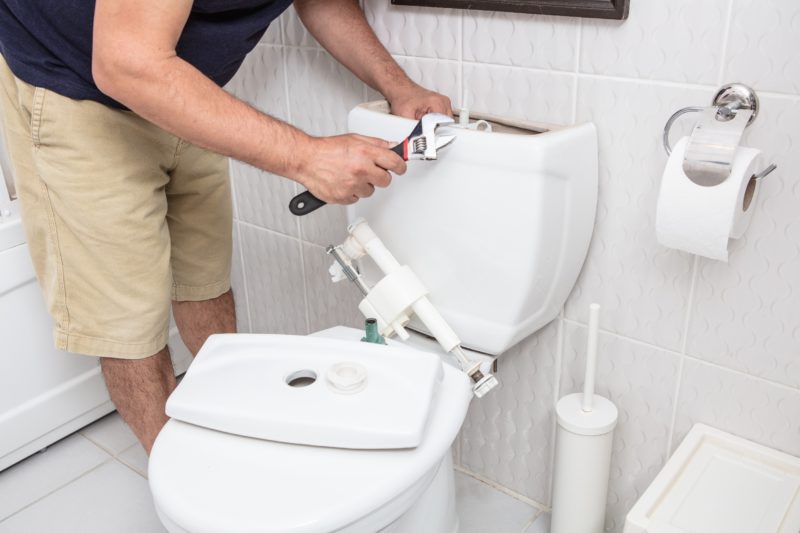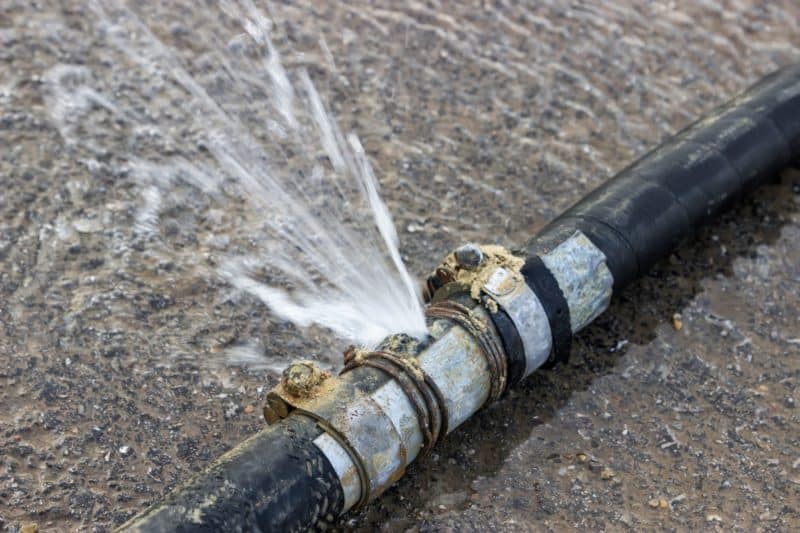
3 Plumbing Basics Every First-Time Homeowner Should Know
As a first-time homeowner, you might feel overwhelmed with all the newfound responsibilities that come with owning a house. Luckily, your local plumbing team at Earl’s San Angelo is here to help lessen the load of uncertainty with three important plumbing basics!
Plumbing Repair Tool-Box Essentials
Like any job, plumbing requires a set of proper tools to ensure you perform repairs correctly and safely. Every household should be equipped with the following:
- Heavy-duty rubber gloves
- Pliers
- Screwdriver
- Adjustable wrench
- Sink plunger
- Toilet plunger
- Drain snake
Remember, if you ever feel overwhelmed by a plumbing issue, reach out to our team for trusted repairs and installations!
How To Turn Off Your Water Supply
Knowing how to shut off the water supply to your appliances, faucets and toilets is essential, as this is often the first step before attempting to fix most plumbing issues. You may also need to do so in preparation for scheduled repairs or emergencies, such as when a pipe bursts. Familiarizing yourself with the shut-off valve locations in your home and knowing how to cut them off quickly will make basic maintenance easier and save you big time on repair costs in worst-case scenarios.
Fortunately, valves are usually located near your equipment. Faucets have two shut-off valves, one for cold water and one for hot, and are situated directly underneath the sink. Toilets have one valve, and it can be found on the wall behind it. For appliances like your refrigerator and washing machine, valves are typically positioned in an indented section in the wall behind the appliance. Once you’ve found the necessary valve, use either your wrench or hand to manually turn it clockwise to shut off the water supply.
How To Fix A Running Toilet
A running toilet can waste gallons of water per day, increasing your monthly water bill. Therefore, it’s important that you turn off the water supply when you first notice your toilet running. If the water spilled into the overflow tube, which is the hollow tube that sits in the middle of your water tank, it is most likely an issue with the fill valve. If the water did not overflow, a faulty flapper might be the cause.
If there is a problem with your fill valve, which is the other tube structure that sits on the left side of the tank, try adjusting its spline, the vertical piece adjacent to it. You can manually move this piece up and down, but first turn your water supply back on to test if the water flow stops when you raise the spline. If so, the valve needs adjustment. Turn the screw on top of the spline counterclockwise using your screwdriver to lower the valve’s sensitivity. If the water does not stop flowing, the fill valve needs replacing.
If the issue is with the flapper, flush your toilet after turning off the water supply to drain the excess water for proper inspection. The flapper is the round rubber seal that sits at the bottom of the tank. It most likely needs replacing if there are any signs of wear and tear. If there are none, the chain connecting to the flapper may be too long or short. For a chain that is too long, use your pliers to trim off a few links and then reattach. If the chain is too short, remove the hook connecting it to the flush lever and move it up a few links.
How To Unclog A Drain
Unfortunately, clogged drains are inevitable. As a homeowner, doing your part to prevent drain clogs is vital, but so is knowing how to handle them when they occur. Make sure you have both a cup and flange plunger on hand, as each type is better suited for different drains.
Cup plungers are more effective for flat-surface drains such as shower and sink drains. First, scoop out any excess water into a cup or bucket to minimize mess and ensure the best seal possible. Position the rubber cup end directly over the drain and begin pumping for about 20 seconds, making sure not to break the seal.
For clogged toilets, flange plungers are more suitable because of the extra rubber ring that fits inside the toilet drain, which helps to create a better seal and suction. First, ensure the bowl is filled about halfway with water to yield a proper suction by either filling or removing excess water. Next, turn off your toilet’s water supply and insert the extended ring of the plunger inside the drain opening. Begin pumping for about 20 seconds to clear the clog. If plunging doesn’t work, try a drain snake next.
When In Doubt, Contact A Professional Plumber
Earl’s San Angelo offers the best plumbing repair in San Angelo and Frisco, Texas. Whatever your needs are, our dedicated team of experts will get the job done the right way — so next time you’re in the middle of a plumbing crisis, give us a call!



